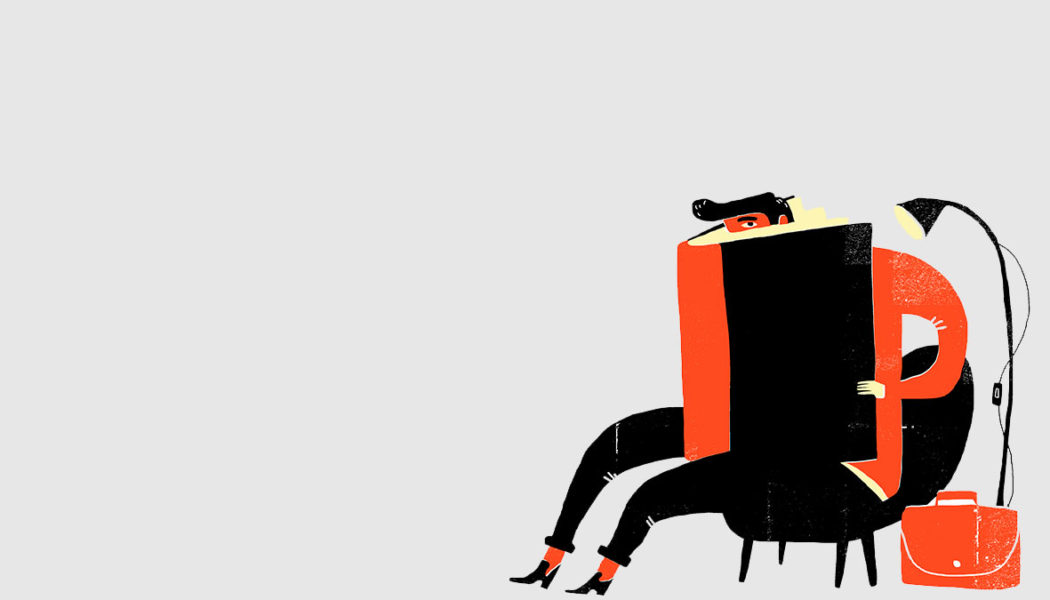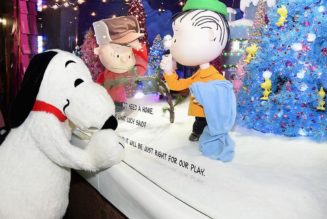
How much do you read?
For most of my adult life I read maybe five books a year — if I was lucky. I’d read a couple on vacation and I’d always have a few slow burners hanging around the bedside table for months.
And then last year I surprised myself by reading 50 books. This year I’m on pace for 100. I’ve never felt more creatively alive in all areas of my life. I feel more interesting, I feel like a better father, and my writing output has dramatically increased. Amplifying my reading rate has been the domino that’s tipped over a slew of others.
I’m disappointed that I didn’t do it sooner.
Why did I wait 20 years?
Well, our world today is designed for shallow skimming rather than deep diving, so it took me some time to identify the specific changes that skyrocketed my reading rate. None of them had to do with how fast I read. I’m actually a pretty slow reader.
Here’s my advice for fitting more reading into your own life, based on the behaviors that I changed:
Centralize reading in your home. Back in 1998, psychologist Roy Baumeister and his colleagues performed their famous “chocolate chip cookie and radish” experiment. They split test subjects into three groups and asked them not to eat anything for three hours before the experiment. Group 1 was given chocolate chip cookies and radishes, and were told they could eat only the radishes. Group 2 was given chocolate chip cookies and radishes, and were told they could eat anything they liked. Group 3 was given no food at all. Afterward, the researchers had all three groups attempt to solve an impossible puzzle, to see how long they would last. It’s not surprising that group 1, those who had spent all their willpower staying away from the cookies, caved the soonest.
You and Your Team Series
Improving Yourself
What does this have to do with reading? I think of having a TV in your main living area as a plate of chocolate chip cookies. So many delicious TV shows tempt us, reducing our willpower to tackle the books.
Roald Dahl’s poem “Television” says it all: “So please, oh please, we beg, we pray / go throw your TV set away / and in its place, you can install / a lovely bookshelf on the wall.”
Last year my wife and I moved our sole TV into our dark, unfinished basement and got a bookshelf installed on the wall beside our front door. Now we see it, walk by it, and touch it dozens of times a day. And the TV sits dormant unless the Toronto Blue Jays are in the playoffs or Netflix drops a new season of House of Cards.
Make a public commitment. In his seminal book Influence: The Psychology of Persuasion, Robert Cialdini shares a psychology study showing that once people place their bets at the racetrack, they are much more confident about their horse’s chances than they were just before laying down the bet. He goes on to explain how commitment is one of the big six weapons of social influence. So why can’t we think of ourselves as the racehorses? Make the bet on reading by opening an account at Goodreads or Reco, friending a few coworkers or friends, and then updating your profile every time you read a book. Or put together an email list to send out short reviews of the books you read. I do exactly that each month, with my Monthly Book Club Email. I stole the idea from bestselling author Ryan Holiday, who has a great reading list.
Find a few trusted, curated lists. Related to the above, the publishing industry puts out more than 50,000 books a year. Do you have time to sift through 1,000 new books a week? Nobody does, so we use proxies like Amazon reviews. But should we get our reading lists from retailers? If you’re like me, and you love the “staff picks” wall in independent bookstores, there’s nothing as nice as getting one person’s favorite books. Finding a few trusted, curated lists can be as simple as the email lists I mentioned, but with a bit of digging you can likely find the one that totally aligns with your tastes. Some of the lists that I personally like are: Bill Gates’s reading list; Derek Sivers’s reading list; and Tim Ferriss’s list, where he has collected the recommendations of many of his podcast guests.
Change your mindset about quitting. It’s one thing to quit reading a book and feel bad about it. It’s another to quit a book and feel proud of it. All you have to do is change your mindset. Just say, “Phew! Now I’ve finally ditched this brick to make room for that gem I’m about to read next.” An article that can help enable this mindset is “The Tail End,” by Tim Urban, which paints a striking picture of how many books you have left to read in your lifetime. Once you fully digest that number, you’ll want to hack the vines away to reveal the oases ahead.
I quit three or four books for every book I read to the end. I do the “first five pages test” before I buy any book (checking for tone, pace, and language) and then let myself off the hook if I need to stop halfway through.
Take a “news fast” and channel your reading dollars. I subscribed to the New York Times and five magazines for years. I rotated subscriptions to keep them fresh, and always loved getting a crisp new issue in the mail. After returning from a long vacation where I finally had some time to lose myself in books, I started realizing that this shorter, choppier nature of reading was preventing me from going deeper. So I canceled all my subscriptions.
Besides freeing up mindshare, what does canceling all news inputs do? For me, it saved more than $500 per year. That can pay for about 50 books per year. What would I rather have 10 or 20 years later — a prized book collection which I’ve read and learned from over the years…or a pile of old newspapers? And let’s not forget your local library. If you download Library Extension for your browser, you can see what books and e-books are available for free right around the corner.
Triple your churn rate. I realized that for years I’d thought of my bookshelf as a fixed and somewhat artistic object: There it is, sitting by the flower vases! Now I think of it as a dynamic organism. Always moving. Always changing. In a given week I probably add about five books to the shelf and get rid of three or four. Books come in through lending libraries in our neighborhood, a fantastic used bookstore, local indie and chain stores, and, of course, online outlets. Books go out when we pass them to friends, sell them to the used bookstore, or drop them off at the lending library. This dynamism means I’m always walking over to the shelf, never just walking by it. As a result, I read more.
Read physical books. You may be wondering why I don’t just read e-books on a mobile device, saving myself all the time and effort required to bring books in and out of the house. In an era when our movie, film, and photography collections are all going digital, there is something grounding about having an organically growing collection of books in the home. If you want to get deep, perhaps it’s a nice physical representation of the evolution and changes in your mind while you’re reading. (Maybe this is why my wife refuses to allow my Far Side collections on her shelf.) And since many of us look at screens all day, it can be a welcome change of pace to hold an actual book in your hands.
Reapply the 10,000 steps rule. A good friend once told me a story that really stuck with me. He said Stephen King had advised people to read something like five hours a day. My friend said, “You know, that’s baloney. Who can do that?” But then, years later, he found himself in Maine on vacation. He was waiting in line outside a movie theater with his girlfriend, and who should be waiting in front of him? Stephen King! His nose was in a book the whole time in line. When they got into the theater, Stephen King was still reading as the lights dimmed. When the lights came up, he pulled his book open right away. He even read as he was leaving. Now, I have not confirmed this story with Stephen King. But I think the message this story imparts is an important one. Basically, you can read a lot more. There are minutes hidden in all the corners of the day, and they add up to a lot of minutes.
In a way, it’s like the 10,000 steps rule. Walk around the grocery store, park at the back of the lot, chase your kids around the house, and bam — 10,000 steps.
It’s the same with reading.
When did I read those five books a year for most of my life? On holidays or during long flights. “Oh! A lot of downtime coming,” I’d think. “Better grab a few books.”
When do I read now? All the time. A few pages here. A few pages there. I have a book in my bag at all times. In general I read nonfiction in the mornings, when my mind is in active learning mode, and fiction at night before bed, when my mind needs an escape. Slipping pages into all the corners of the day adds up.
Happy reading.








